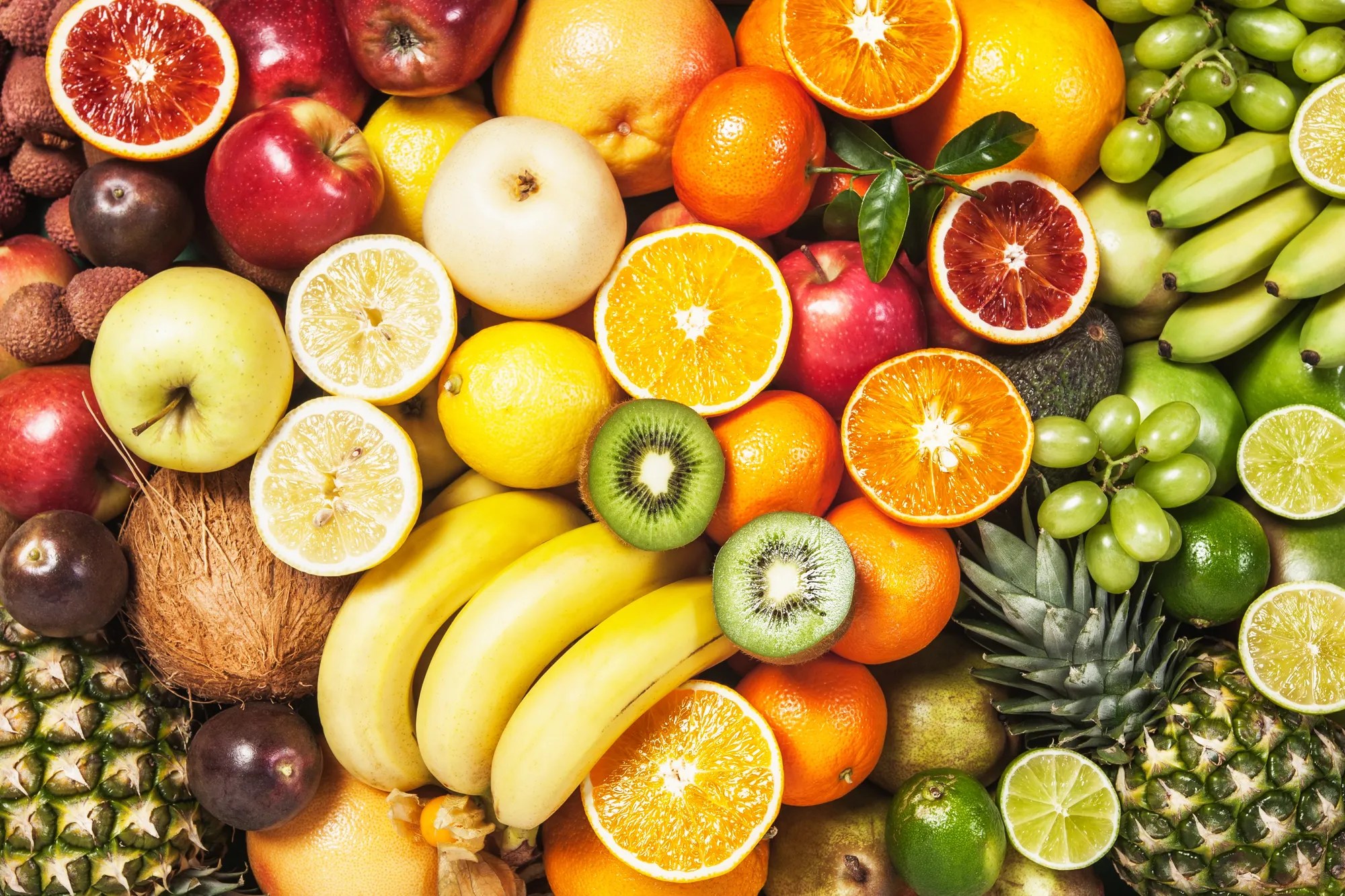The winter season is full of colorful fruits that are good for your health. Seasonal fruits provide the exact nutrients your body requires for that climate. Colder temperatures can cause dry skin. Including seasonal fruits in your diet during winters promotes skin health. The plenty of supply makes them affordable during the season.
So, as the winter season comes to an end, we got in touch with Celebrity Dietitian Shweta Shah, Founder of EatFit247 to see what winter fruits she recommends for glowing skin that can be consumed while we bid adieu to the season, and here’s what she suggested.
1. Oranges
The famous winter fruit that is sour and sweet contains vitamin C, fiber, potassium, folate, and thiamine among others. Vitamin C content helps boost the immune system to help you fight off infections and promotes skin health. Eating oranges is said to reduce the risk of cancer, kidney disease, and anemia.
2. Sweet Limes
Next to oranges, sweet limes are a great source of Vitamin C. Sweet limes help in removing toxins from the body and purify the blood. It provides the skin with a healthy glow. They improve cell turnover and rejuvenate the skin.
3. Kiwis
Kiwi is packed with a variety of nutrients such as vitamin C, iron, fiber, and antioxidants. They also contain minerals such as magnesium, potassium, calcium, phosphorus, copper, zinc, and iron. All these nutrients in Kiwi promote skin health and prevent early aging of the skin.
4. Strawberries
The most awaited fruit in winters doesn’t disappoint when it comes to skin. Strawberries are immensely packed with folate, manganese, potassium, vitamin C, and antioxidants. The antioxidants present in them prevent some chronic skin diseases. Strawberries are good for diabetic people as well. The high antioxidant levels in them are a boost to the skin.
5. Guavas
Guava has an incredible nutritional profile including vitamin A, folate, potassium, copper, and fiber. Having guavas during the winter season can help prevent cell damage, cell turnover, and inflammation. The pectin present in them promotes digestion and promotes a healthy gut.
6. Grapes
Whether you pick the color green, red, or purple, they’re all highly nutritious fruits that are equally delicious. Grapes are rich in fiber, making them good for your digestive system. A healthy digestive system means healthy skin. The natural phytochemicals in them help to reduce skin inflammation and improve skin glow.
7. Apples
Apples are rich in fiber and many vitamins and minerals. They contain pectin, which promotes gut health. The vitamin C, antioxidants, vitamin A present in them helps boost immunity and make the skin glow apart from fighting diseases.
8. Plums
Plum, if you don’t know, is packed with different nutrients like vitamins A, C, and K, copper, manganese, fiber, and antioxidants. Plums promote appetite and improve digestion, blood circulation, and heart health. The antioxidant content can also help keep skin diseases at bay.
9. Amla/The Indian Gooseberry
It’s winter, and you already know how Great Amla is for your skin, hair, and overall Vitamin C requirement. Include amla in your diet in the forms of:
- Amla Juice: Drink yourself to good health by having amla juice in the morning.
- Amla Candy: Some are sweetened with honey or jaggery while some are spiced with Indian masalas to add a punch of flavor.
- Amla Chutney: Amla chutney is another great way to ensure that you get your daily dose of amla. The chutney can be prepared in bulk and stored in the fridge and you can savor it with all meals in small quantities. Many people add green chilies and salt to the chutney to enhance the flavor. You too can make it at home this way and enjoy it with your meals.
- Amla Pickle: Now, we know that consuming too much pickle isn’t too good for health due to the large amounts of salt and oil it contains. However, you can safely eat one to two spoonfuls of amla pickle every day. Most amla pickles are water-based and do not contain much salt. They have a short shelf-life but are perfect for adding nutrition to your diet.
- Amla with Salt: One of the easiest ways to eat amla is to cut the fruit and eat it raw. To balance the sour taste, sprinkle salt on it. You can also add a dash of red chili powder. This will help enhance the taste and make it easier to consume the fruit.
Follow @missmalinibeauty on Instagram for more updates. And join Malini’s Girl Tribe to be a part of the conversation.

